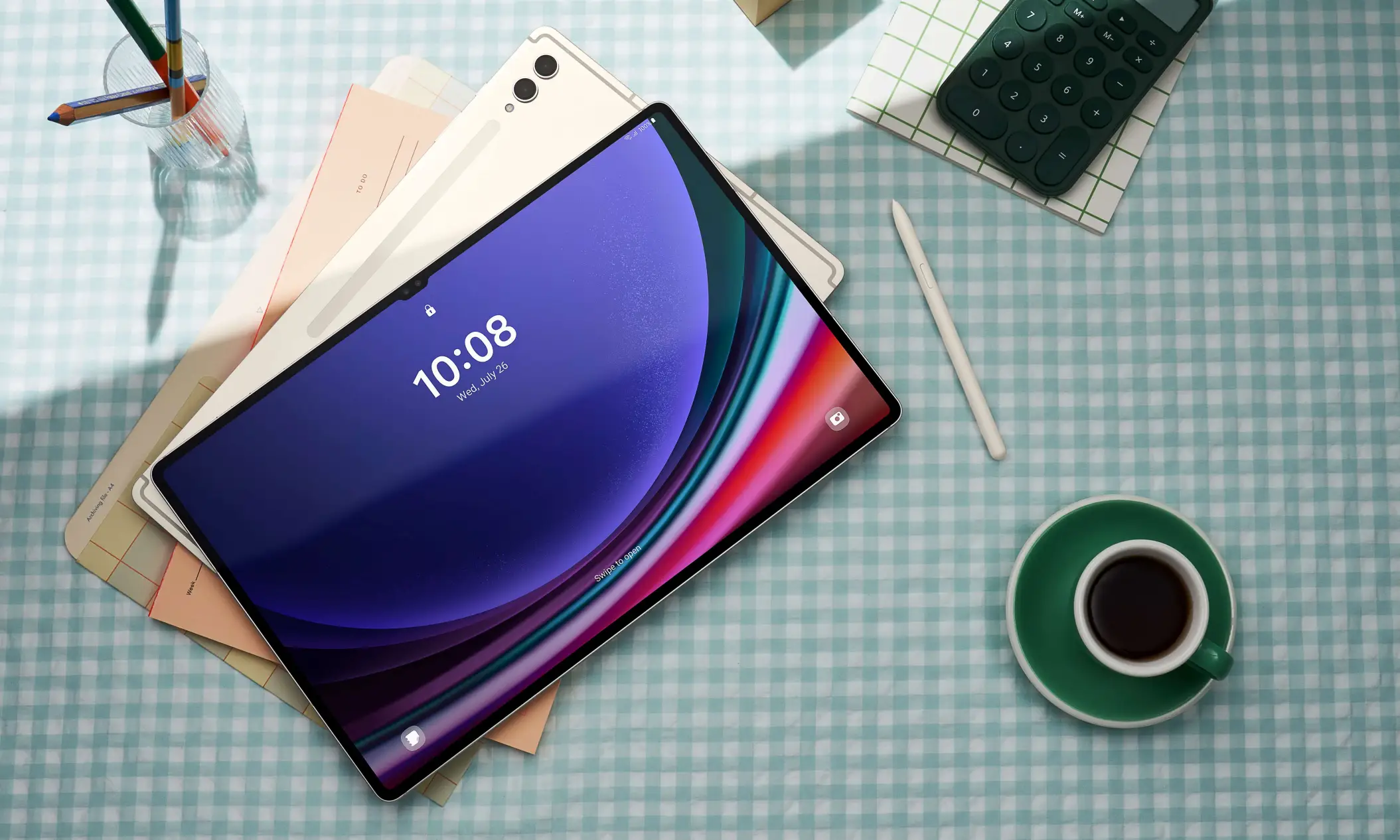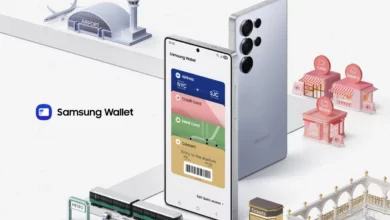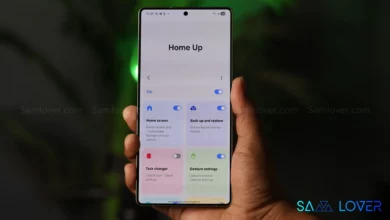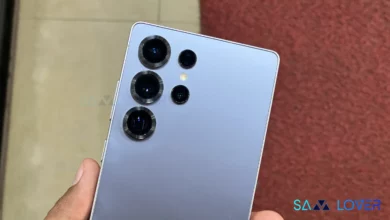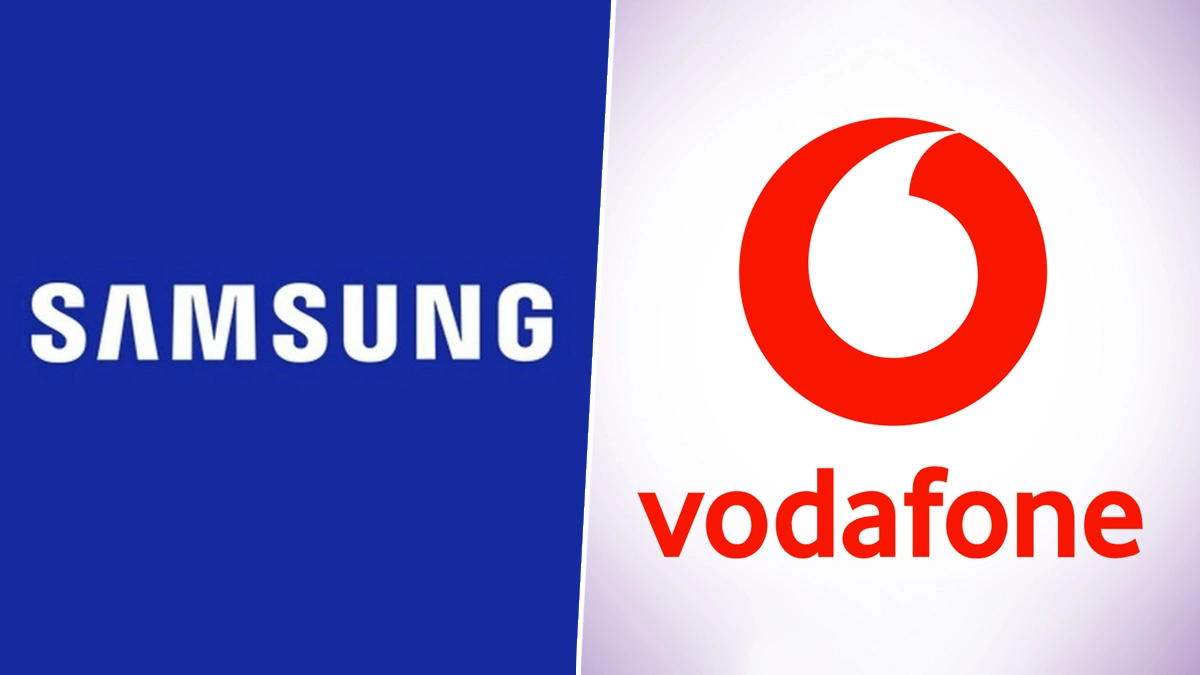
Samsung electronics and Vodafone today announced their partnership to continue their partnership for expanding the 5G Open RAN in more European countries, while they have successfully worked together and enhanced the 5G network in the UK.
According to the information, the collaboration between the two companies aims for the betterment of the network, which aims to enhance the performance and capacity of Vodafone UK’s commercial network. It also targets increased performance levels and power saving in the Open RAN sites.
The new 5G initiatives
In Germany, Vodafone will do some new pilot projects for the Open RAN using Samsung’s 2G/4G vRAN and O-RAN-compliant radio solutions. In these projects, Vodafone will use Samsung’s mature solutions- proven in large-scale commercial networks- which demonstrate outstanding performance, stability and reliability.
Samsung will allow eSIM transfer between Galaxy devices in this year
While in Spain, Samsung joined Vodafone and tested in Ciudad Real, which was created to benchmark mature RAN providers and compare performance across both traditional and open RAN. Samsung will share its new edge technology for the betterment of the network. It will deploy its massive MIMO radios and 4G/5G vRAN in CREATE (Ciudad Real España Advanced Testing Environment) to evaluate and verify their performance in Spain’s urban environment.
Samsung vRAN 3.0 Roadmap Unveiled: What to Expect in the Next Phase of 5G Innovation
Thomas Riedel, Head of Samsung, said “Samsung’s virtualized Open RAN solutions are successfully running in Vodafone’s commercial network in the UK, delivering performance on par with traditional mobile radio networks and providing Vodafone with an agile network on which to deploy new services and features,”
Moreover, these two companies( Vodafone and Samsung) will hold hands to provide strong coverage of 5G across Europe by expanding the Open vRAN innovation; the partnership also aims to lead the 5G technology to the next level.
